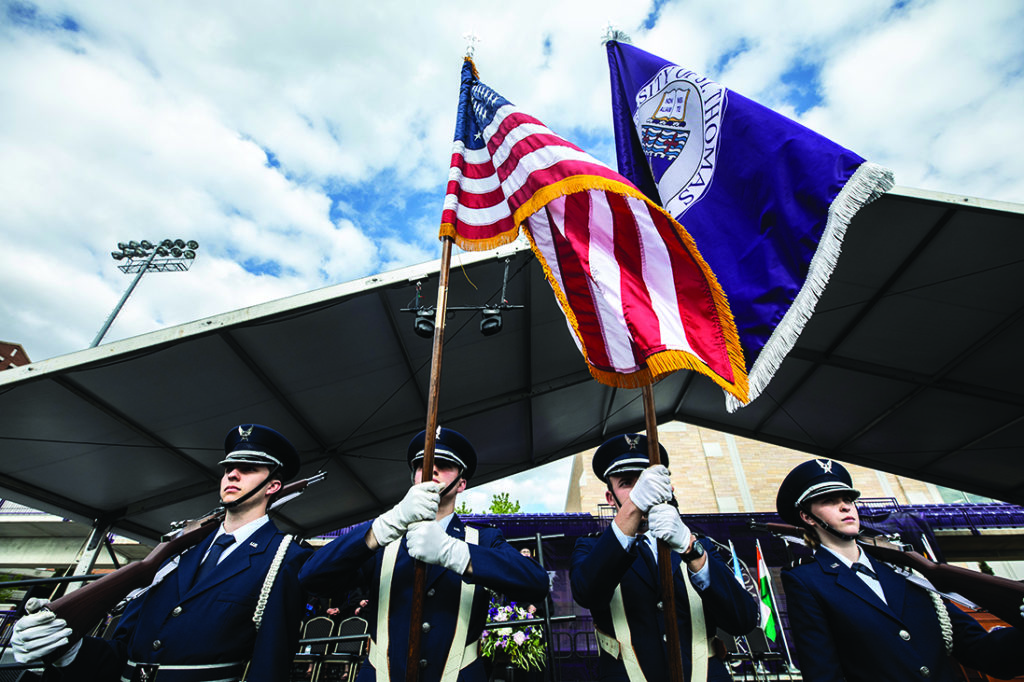Rachel Moran, associate professor at the University of St. Thomas School of Law, recently had her research “In Police We Trust” used as a source in a feature article published in The New York Times Magazine.

From the story:
When body-worn cameras were introduced a decade ago, they seemed to hold the promise of a revolution. Once police officers knew they were being filmed, surely they would think twice about engaging in misconduct. And if they crossed the line, they would be held accountable: The public, no longer having to rely on official accounts, would know about wrongdoing. Police and civilian oversight agencies would be able to use footage to punish officers and improve training. In an outlay that would ultimately cost hundreds of millions of dollars, the technology represented the largest new investment in policing in a generation.
Yet without deeper changes, it was a fix bound to fall far short of those hopes. In every city, the police ostensibly report to mayors and other elected officials. But in practice, they have been given wide latitude to run their departments as they wish and to police – and protect – themselves. And so as policymakers rushed to equip the police with cameras, they often failed to grapple with a fundamental question: Who would control the footage? Instead, they defaulted to leaving police departments, including New York’s, with the power to decide what is recorded, who can see it and when. In turn, departments across the country have routinely delayed releasing footage, released only partial or redacted video or refused to release it at all. They have frequently failed to discipline or fire officers when body cameras document abuse and have kept footage from the agencies charged with investigating police misconduct.







